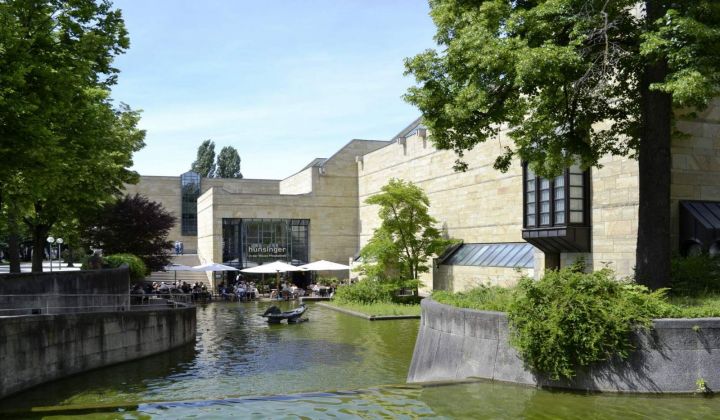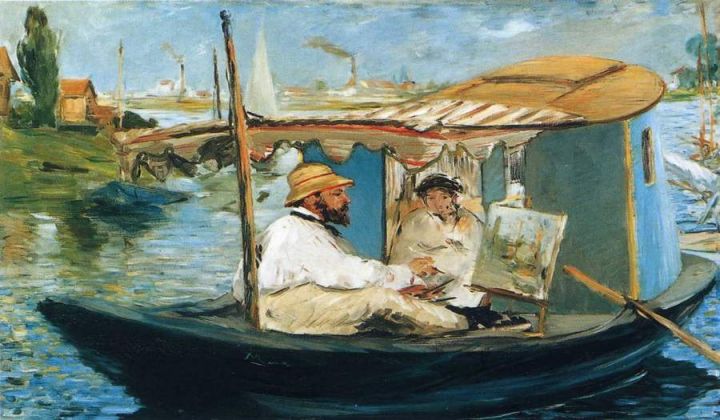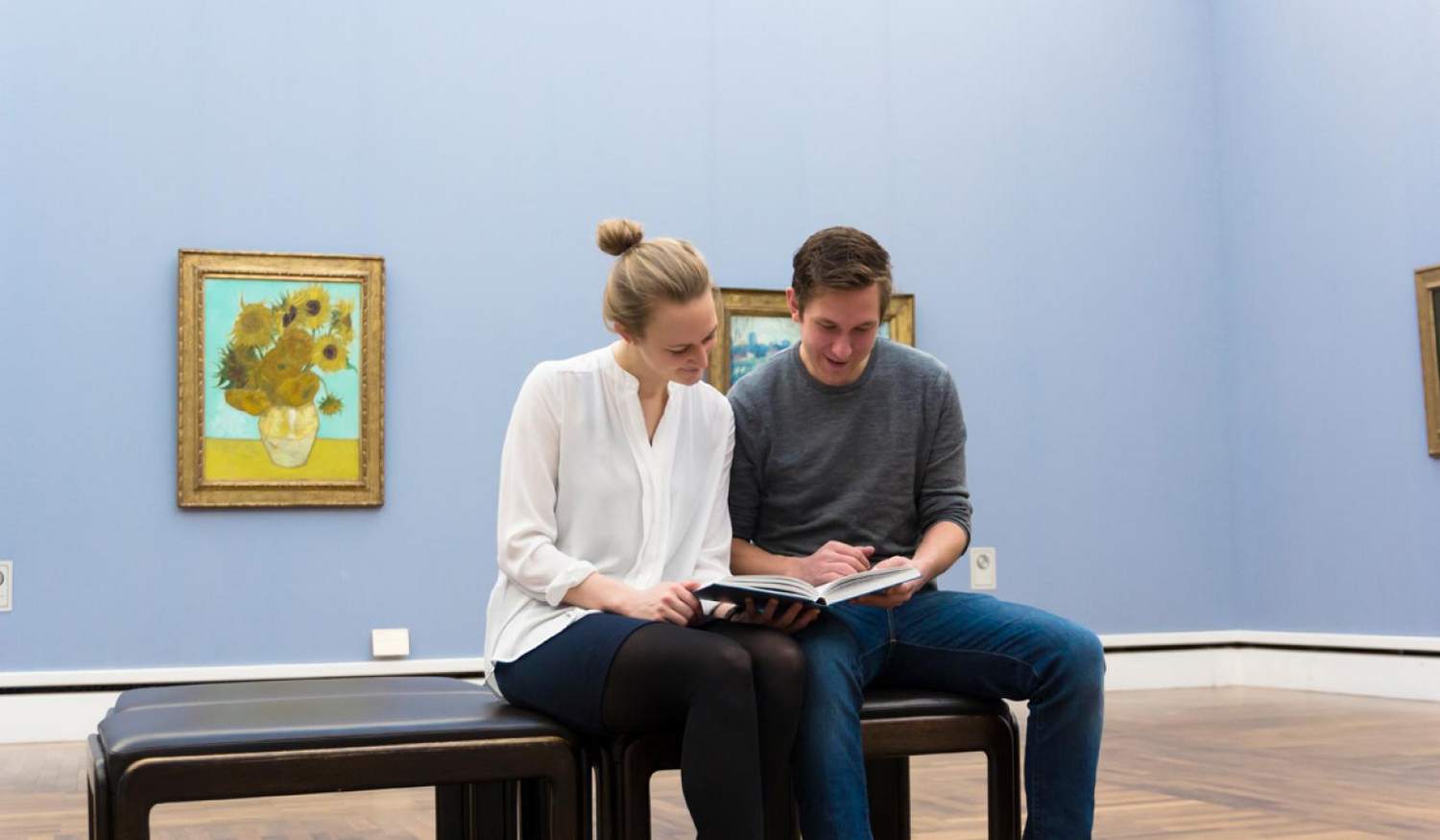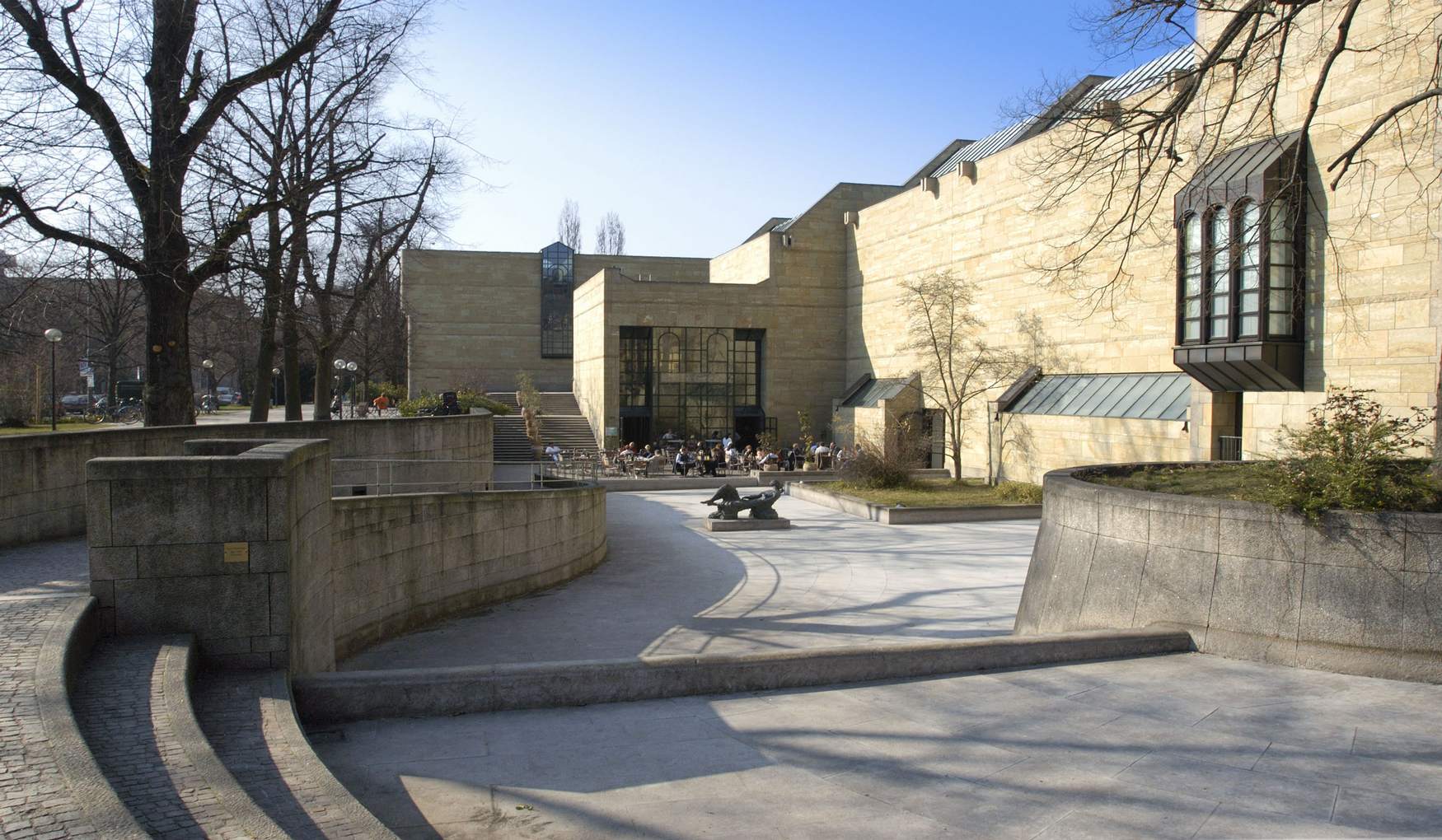There is a whole museum district adjacent to Munich's old town. It's called the Kunstareal because it's home to art museums of all kinds. The most democratic of these is probably the Neue Pinakothek, which houses paintings and sculptures from the late 18th and early 20th centuries.
There are no paintings on obscure subjects, nor are there any contemporary works that are difficult to appreciate.
You can come to this museum without any special preparation, trusting only your feelings and emotions — the Romantics, the Impressionists and the Modernists appealed to them. This is one of the attractions in Munich that you can safely visit with your child.
History of the New Pinakothek
The Neue Pinakothek in Munich, like the Alte Pinakothek, was commissioned by King Ludwig I of Bavaria.
He felt that his own collection of paintings should be moved from palaces and residences to a museum so that ordinary people could admire the works of famous artists.
The Neue Pinakothek, designed by Friedrich von Gärtner and August von Voigt, was built opposite the Alte Pinakothek in 1853.
The two-storey classicist building was decorated with frescoes by Wilhelm von Kaulbach — surprisingly, the artist incorporated the irony of Ludwig I's attempts to introduce art to the general public. The sketches are now on display in one of the museum's halls.
Unfortunately, bombing during the Second World War completely destroyed the Neue Pinakothek building. It was replaced in 1981 by a post-modern building designed by Alexander von Branca.
The exterior of the museum is controversial, but the interiors are not: They are just restrained enough to emphasise the main value of the Neue Pinakothek in Munich — the paintings.

Museum collection
Both the Old and the New Pinakothek began with paintings collected by the Wittelsbach dynasty over a period of 300 years.
But while the Old Pinakothek, which contains works from the 13th to the 18th centuries, is made up entirely of the Wittelsbach collections, the New Pinakothek's collections come from a variety of sources.
For example, thanks to the efforts of Hugo von Chudy, the director of the Munich State Collection of Paintings, the museum received a fine selection of French Impressionists.
The works in the Neue Pinakothek date from the second half of the 18th century to the beginning of the 20th century. There are around 3,000 paintings in the storerooms, but only 400 can be seen in the halls.
The names of the artists of the 18th century may be known only to connoisseurs, but the masters of the 19th and 20th centuries are familiar to many: the 22 rooms of the Neue Pinakothek display canvases by Goya, Jacques-Louis David, Renoir, Manet, Cézanne, Gauguin, Klimt, Toulouse-Lautrec, Munch and Schiele.
The list is by no means complete; in fact, there are several dozen sculptures in the museum, including works by Rodin and Picasso.
However, the museum's collection wasn't just growing. When the term "degenerate art" was coined in Nazi propaganda, many paintings were removed from the New Pinakothek, among them Van Gogh's Self-Portrait. This work was no longer returned to the museum, but was replaced by another, now famous, painting by the artist — Sunflowers.
What to see at the Pinakothek
You can plan a tour of the museum in advance: the official website of the Neue Pinakothek has a map of the halls showing where the most famous works are located.
Even if you're planning to visit the entire exhibition in one go, it's useful to know where the paintings you're interested in are located.
In the first room, for example, there are several portraits by Francisco Goya. In room 3 you'll find works by Thomas Gainsborough and William Turner, and in rooms 10 and 10a you'll find paintings by Eugène Delacroix and Edgar Degas.
Room 19 is entirely dedicated to the French Impressionists. Here you can see Édouard Manet's Boat: it shows another artist, Claude Monet, at work in his studio boat.

In this room are paintings by Monet, Renoir, Pissarro, Cézanne and Toulouse-Lautrec. The sculptures of Rodin are adjacent to the paintings.
In the New Pinakothek, among Monet's works, there is one from the "Water Lilies" cycle, painted in 1915.
Room 21 is where Van Gogh and Gauguin met. Here you'll find Van Gogh's Sunflowers and one of Gauguin's most famous works, Te tamari no atua.
Two other names, two creators who have come together in room 22 are the Austrian artists Gustav Klimt and Egon Schiele. The Pinakothek collection may not include the most famous works, but they are treasures.
Children are encouraged to look at Karl Spitzweg's evocative painting 'The Poor Poet'. For schoolchildren, explain that Spitzweg is one of the best representatives of the Biedermeier movement, and for younger visitors, just look at the details of the painting.
Why it is worth visiting with your child
Family holidays in Munich don't come cheap, but the Kunstareal museums won't break the bank. What's more, children under 18 have free entry to the Neue Pinakothek and the other Kunstareal galleries.
A tour of the museum is not tiring: there are relatively few exhibits and it's never crowded. You can always take a seat on an armchair in the middle of the room and discuss what you've seen.
Looking at artists' works with a child makes it much easier to understand the terms: realism, romanticism, symbolism, impressionism. Even a pre-schooler quickly learns to distinguish between the doе painting technique of the Pointe painters.
A souvenir from the museum shop will help you to remember your visit. It could be a postcard with a reproduction of the painting you are most interested in, or a short guide to the museum.
The opening hours of the Neue Pinakothek differ from those of other museums in the art scene. It is closed on Tuesdays, while the other galleries are closed on Mondays.











